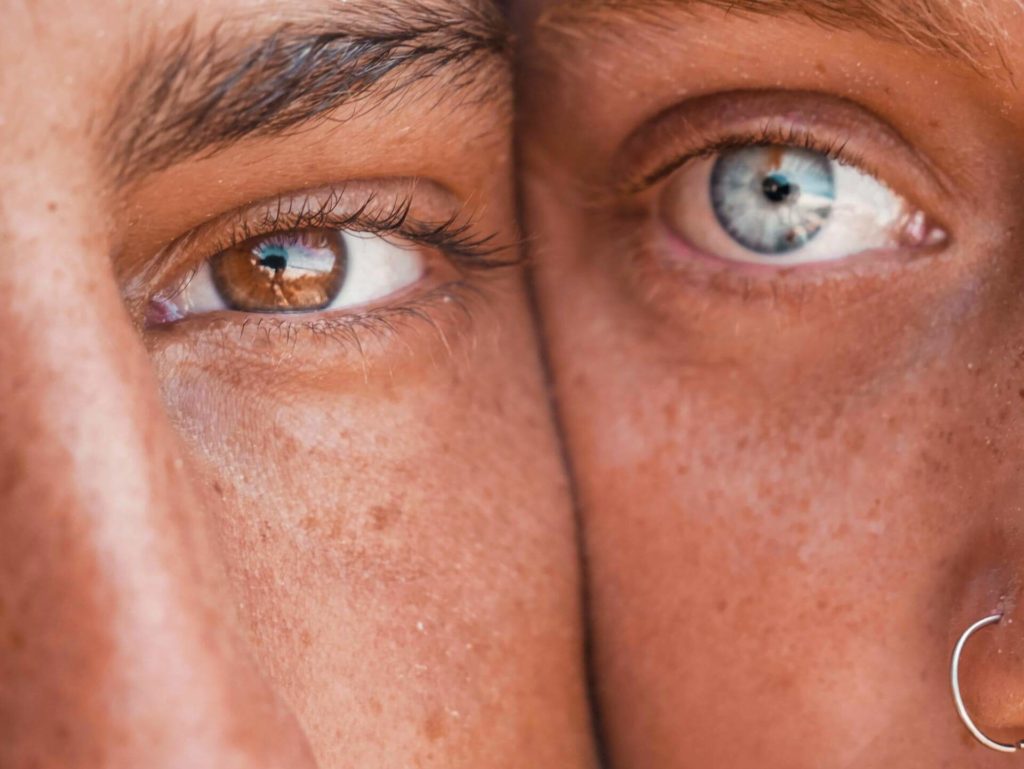LASIK vs SMILE: Which is Best?


June 9, 2020
LASIK vs SMILE: Which is Best?
Whenever a new technology arrives with FDA approval, we at SharpeVision continuously evaluate and follow it to see if it’s something we want to offer our patients. I feel an extreme responsibility when recommending a new technology. It should have better uncorrected visual acuity, be safer, have a quicker recovery, and fewer potential side effects. SMILE simply does not yet fulfill these criteria. I hope it someday does because while LASIK and PRK are time tested excellent procedures, we always strive for better.
What is SMILE?
SMILE stands for Small Incision Lenticule Extraction. It’s an elegant procedure that uses femtosecond laser technology to create two planar cuts inside the cornea that meet on the edges. Then the lenticule extraction happens between the small external cuts made by the surgeon. (See figure below) SMILE for myopia (nearsightedness) received US FDA approval in late 2016, and myopic astigmatism was approved in late 2018.

How Does SMILE Compare to LASIK?
In my opinion, the essential outcome measure of a refractive procedure is the percentage of people achieving 20/20 or better uncorrected visual acuity. This is where the reported outcomes of SMILE fall short of existing modern technology such as LASIK, PRK, and ICL. Other outcome measures are contrast sensitivity, safety, and side effects such as glare/halo, dryness, and stability, but without excellent visual acuity, very few patients are pleased.
SMILE has been shown superior to LASIK with regard to dryness in the first six months, but there is no difference after that. Biomechanically, the SMILE procedure is theoretically superior. In my opinion, this is would be important only if we had a significant risk of structural problems with LASIK or PRK. Flap dislocation with eye trauma is rare, and in my experience a non-issue in that the few times it has happened in my patients, I’ve repositioned it with no further problems. In my patients, flap dislocation has happened about 20 times in 75,000 treated eyes, and only two occurred after the first month in patients with severe eye trauma. With modern screening technology, we are able to look for and advise patients with thin or irregular corneas to undergo either PRK, ICL, corneal cross-linking, or no surgery. The same limitations apply to SMILE, in that it does remove corneal tissue and therefore theoretically weakens it to a point where it could change shape in a condition called corneal ectasia. The incidence of post LASIK ectasia is likely somewhere about 1 in 20,000.
Which brings us to the percentage of patients achieving uncorrected 20/20 vision. At SharpeVision, we keep our own data, as do most refractive surgeons. At SharpeVision, our percentage achieving 20/20 uncorrected vision is 96% at one-month post-operatively for all patients and 98% in low and medium amounts of nearsightedness. In most reported studies of SMILE, the percentage achieving 20/20 uncorrected vision is much lower. In the studies cited below, the percentage achieving uncorrected 20/20 vision range from 74% to 89%. In high myopes, one study reports it at 56%. Granted, these are initial outcomes, and adjustments to their treatment calculations may help future outcomes, but it’s still not as good as existing technologies. In a Pub Med search of all studies of SMILE vs LASIK over the past five years, SMILE never achieves a higher 20/20 percentage than LASIK, but in some studies it’s equivalent.
I spend a significant amount of my time assessing techniques and technology, discussing with colleagues, attending meetings (pre-COVID), and observing other surgeons bring the best possible results to my patients. I’m grateful for all those surgeons and patients who are breaking ground with SMILE and other technologies so that we may always be improving on this wonderful ophthalmology subspecialty called refractive surgery. For now, I will offer modern LASIK and PRK to my patients and offer SMILE only if or when its outcomes measures surpass current outcomes.

-Dr. Matthew Sharpe
- https://pubmed.ncbi.nlm.nih.gov/29959753/ In this study, 74% of people had 20/20 or better uncorrected distance visual acuity. Their conclusion: “Notably, the [SMILE] results are superior to the earliest generation of LASIK, however inferior to the latest excimer platforms. SMILE does meet the efficacy and safety criteria met by FDA; however, there is a definite need for further improvement to reach the superior refractive outcomes produced by the latest generation of LASIK platforms.”
- Marcus Ang, et al. aaojournal.org June 2020: SMILE 84% 20/20 or better at 3 months (87% in LASIK eyes)
- https://pubmed.ncbi.nlm.nih.gov/32271272/ SMILE in military patients in 145 eyes 87.9% 20/20 at one month, but at 6 months SMILE had 95.1% 20/20 or better vs. PRK with 99.6% 20/20 or better.
- https://pubmed.ncbi.nlm.nih.gov/32142040/ Results: This study included 121 patients (121 eyes: 75 in the SMILE group and 46 in the FS-LASIK group). No differences were found in terms of refractive predictability between SMILE and FS-LASIK in eyes with high myopia: 56% vs 58.7% achieved ± 0.50 D of attempted correction (P = .771) and 81.3% vs 76.1% achieved ± 1.00 D of attempted correction (P = .489). Efficacy indices of the SMILE and FS-LASIK groups were 1.02 ± 0.24 and 1.03 ± 0.24 (P = .742),
- https://www.healio.com/ophthalmology/journals/jrs/2020-3-36-3/%7B9bb50510-1b51-4294-8e06-922676b5ed2b%7D/smile-versus-implantable-collamer-lens-implantation-for-high-myopia-a-matched-comparative-study#divReadThis The ICL (Implantable Contact Lens) procedure is what we recommend more frequently in high and extreme nearsightedness. It’s proven more accurate, with a higher percentage achieving 20/20 uncorrected vision.

Dr. Matthew R. Sharpe
